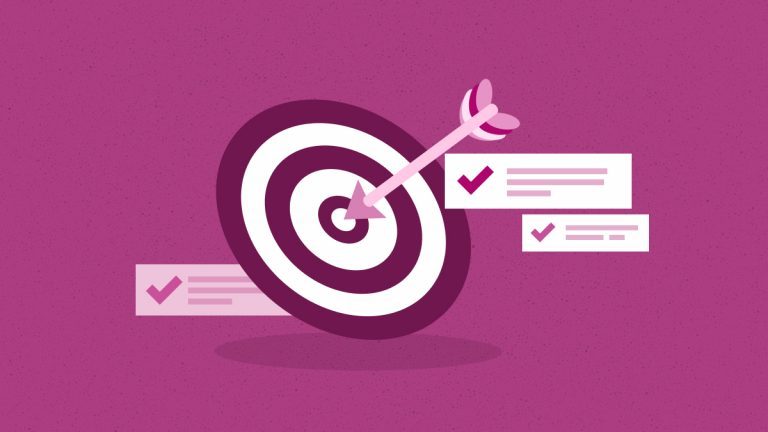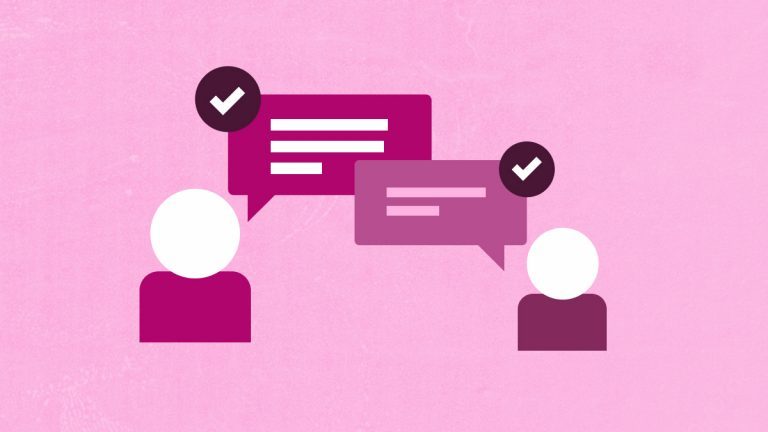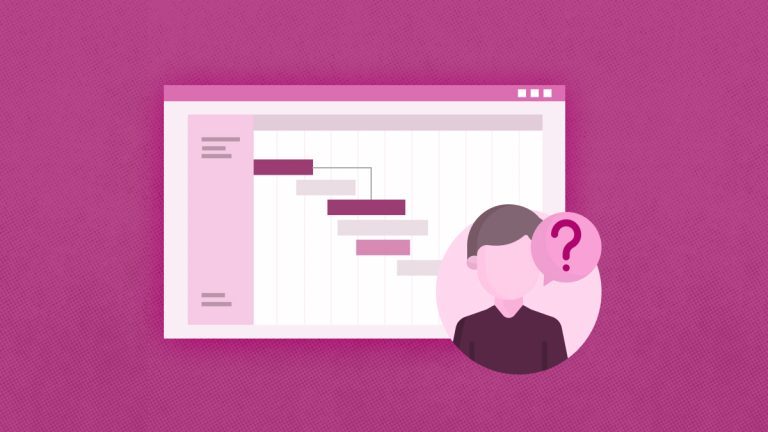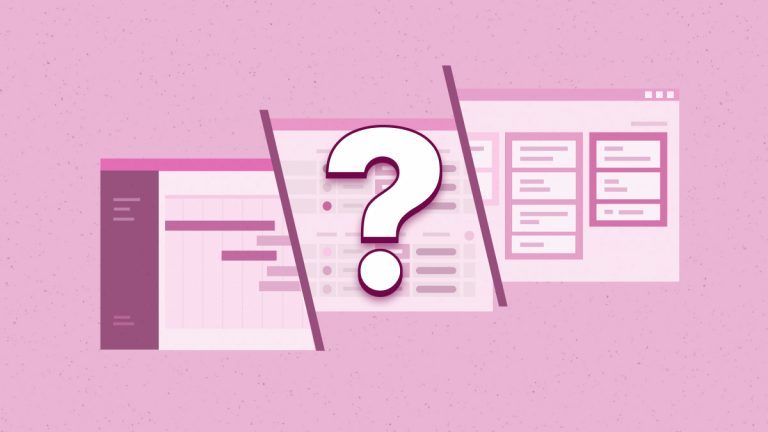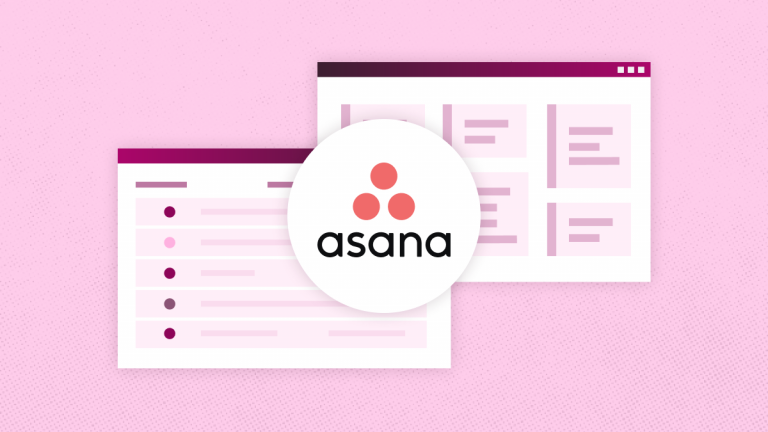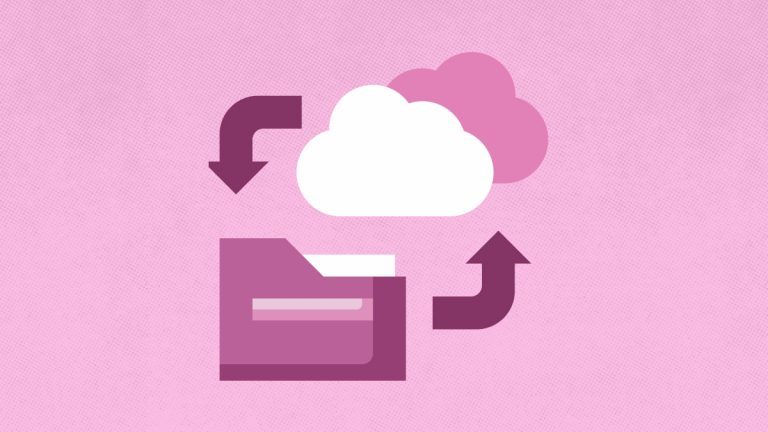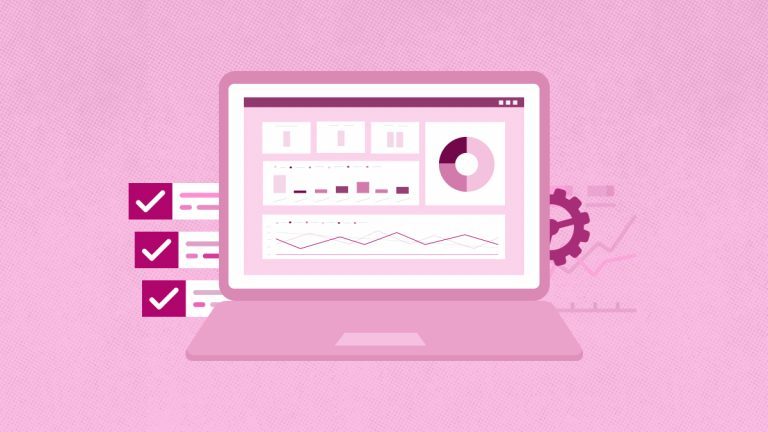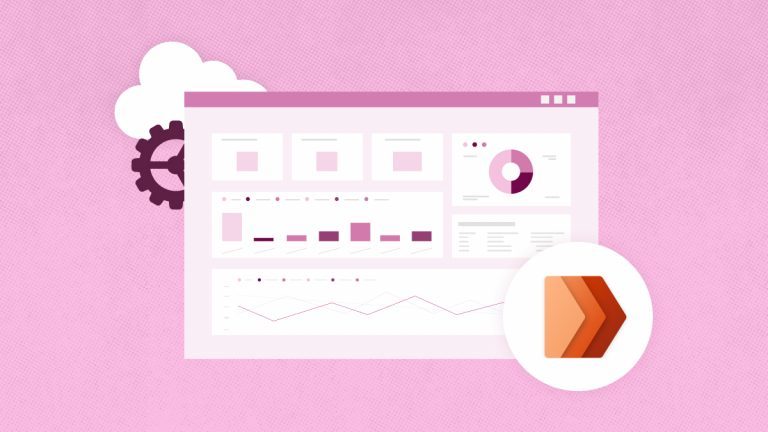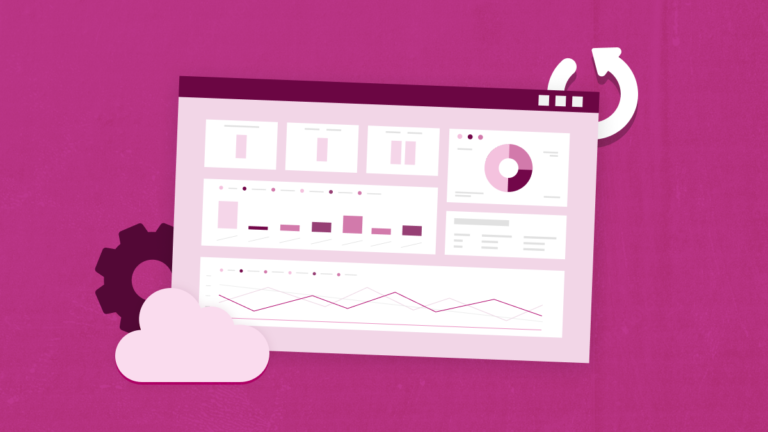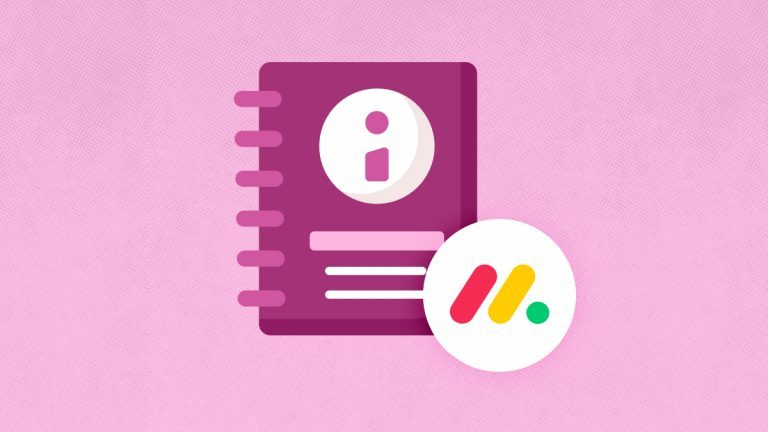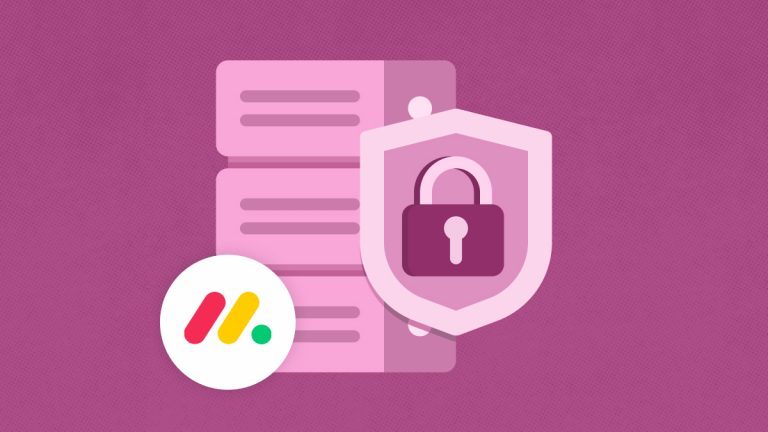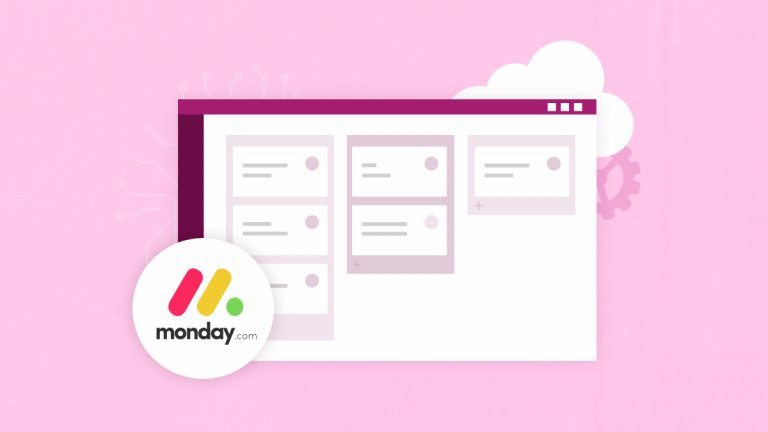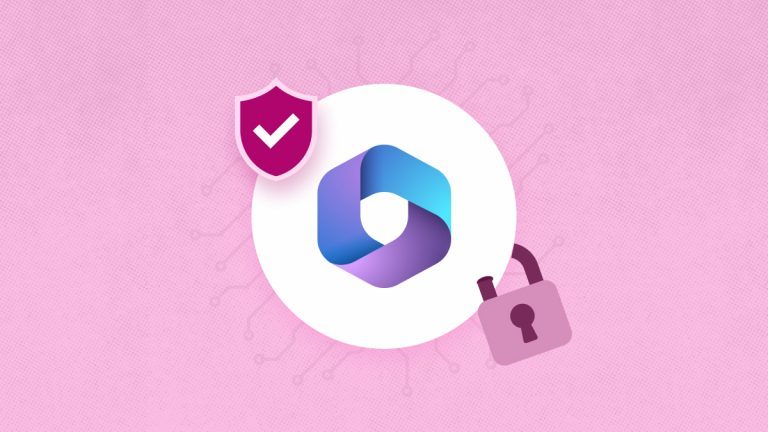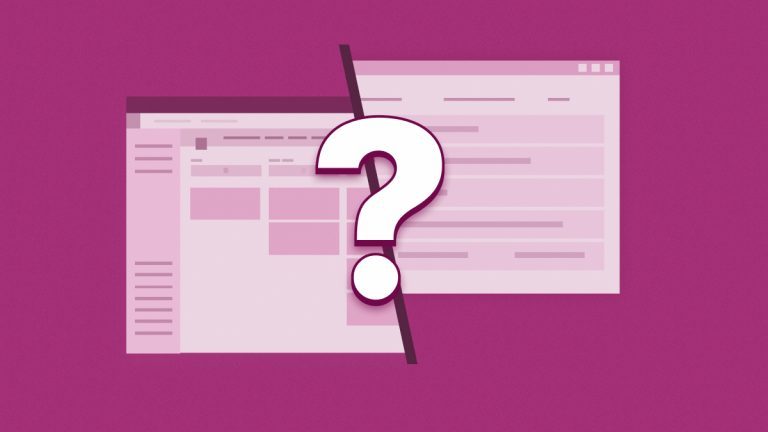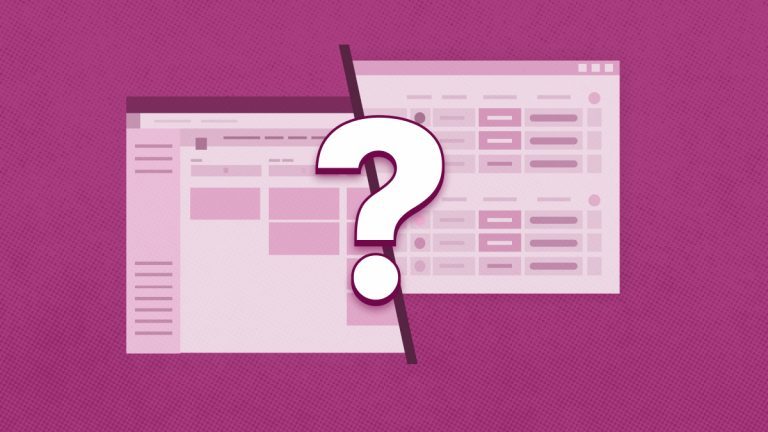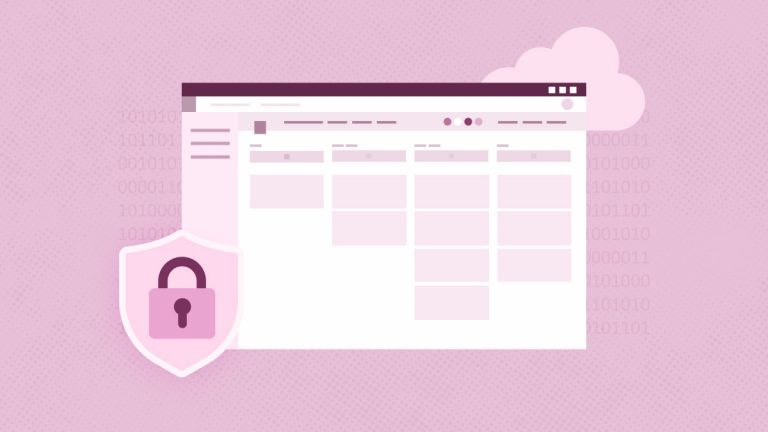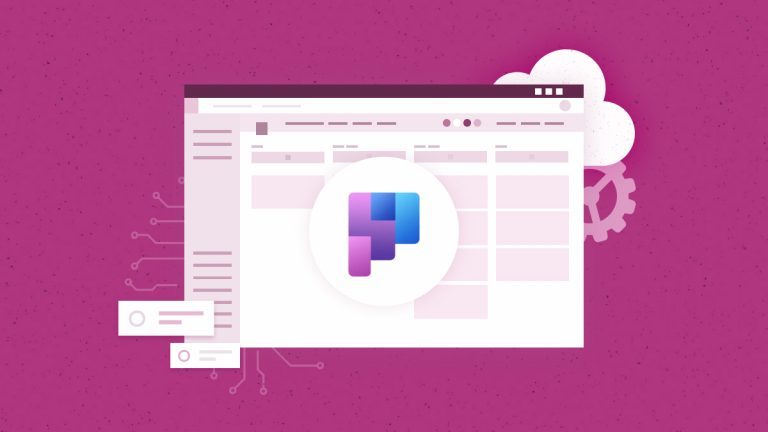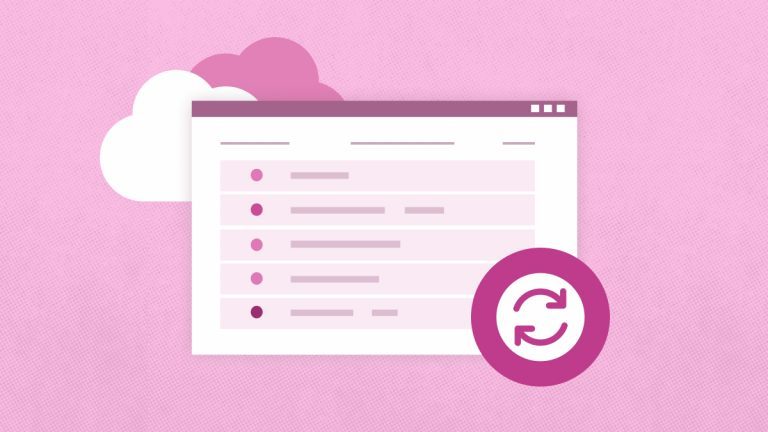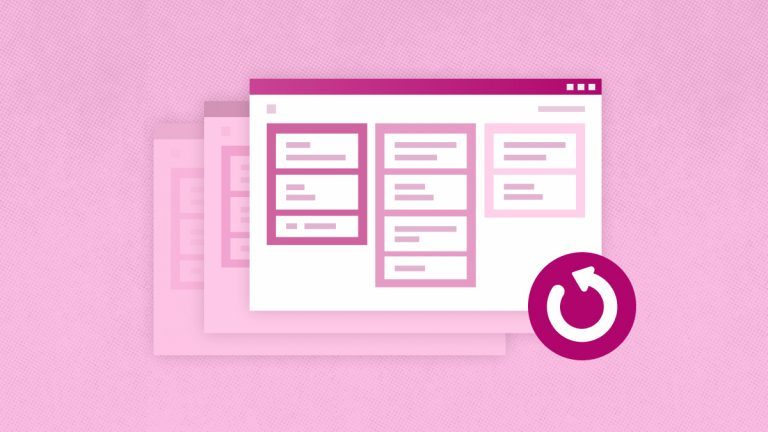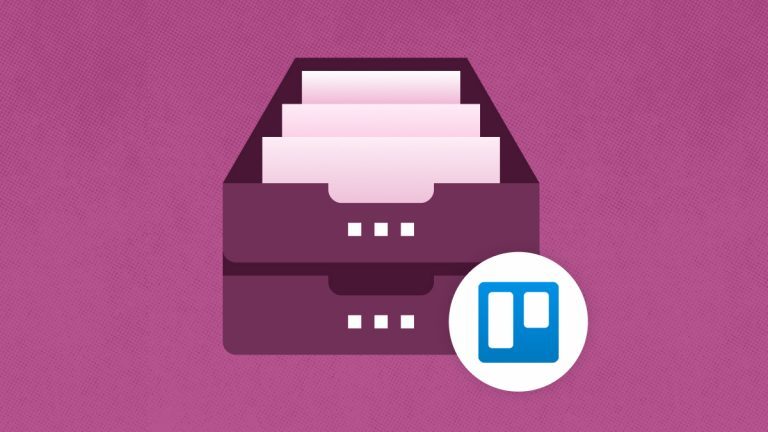
Elena Humeniuk
PPM Consultant
A project management methodology uses standard processes and tools to control and deliver projects successfully. Project managers use methodologies to achieve project goals by applying a defined system of practices and instruments. Project management methodologies support managers in directing team activities and making teamwork easier.
This article will discuss several widely used project management methodologies teams use across multiple industries, including research, software development, and product creation.
What makes project management methodologies beneficial?
Every project must meet time frames and approved financial budgets while ensuring quality outcomes. By using project management methodologies, organizations can effectively reach their targeted goals. A project management methodology offers teams an organized way to plan work activities and use resources effectively to reach all project milestones.
These project management approaches help teams lower their risks when handling projects. Also, these structured project management frameworks or methods equip project managers with the necessary tools and concepts. Team members follow set instructions, which makes expectations transparent to stakeholders.
These project management models help teams track progress using performance metrics paired with control tools for better handling tasks and resources. A project framework brings many advantages without presenting any significant problems.
Top 15 Project Management Methodologies
This section will provide an overview of the leading 15 project management methodologies.
-
Waterfall Methodology
Among project management methods, waterfall methodology (known as traditional project management methodology) is the easiest to understand and offers a direct path yet remains the classic choice. The waterfall methodology gets its name because project tasks move in a downward sequence through predefined stages. After completing your current phase, you can advance to the next project phase in the waterfall model.
-
Agile Methodology
Agile project management enables teams to organize themselves flexibly while growing their approach. Agile methodology enables teams to develop projects through evolutionary planning and early delivery while being ready to implement beneficial changes throughout the life cycle. Simply put, this methodology focuses on breaking down large projects into more manageable tasks, completed in short iterations throughout the project’s life cycle.
The agile framework provides swift responsiveness and adaptability to change, which waterfall management lacks. Project teams choose agile methodology as their preferred project framework because it enables dynamic teamwork and collaboration in product and software development.
-
Scrum Methodology
Projects managed through Scrum follow short time periods/iterations known as sprints. Scrum methodology suits teams of up to 10 members and follows a two-week cycle pattern with brief daily meetings called daily scrum meetings. The project leader is under the title Scrum Master. Scrum operates as part of agile project management, but teams have tried to expand it for use in more prominent companies.
Although software development first adopted scrum methodology, most experts agree it works well in various fields, such as retail logistics and event planning, that need adaptable processes. The scrum system needs clearly defined roles for team members.
-
Project Management Body of Knowledge (PMBOK), as published by PMI
This stands as the oldest of all project management types. As a non-profit organization, Project Management Institute (PMI) connects professionals in the field by offering membership, certification options, and project management standards. PMI’s PMBOK Guide sets forth detailed directions about organizing, time-plan, delivering, and monitoring project activities. Project management process groups break down the project’s life cycle into phases, whereas 10 knowledge areas define project management practices.
-
Critical Path Method (CPM)
Critical path method (CPM) is famous among all the project management and planning methodologies. You construct a project model through CPM by mapping tasks from a work breakdown structure with their durations and dependencies, plus marking project milestones and deliverable due dates. Analyzing task durations, you can discover the critical path representing the longest task sequence for project completion.
-
Critical Chain Project Management (CCPM)
This method helps organizations plan projects by optimizing resource usage instead of following strict schedules. Using this method, you concentrate on securing project resources like teams, equipment, and office space. This different form of project management maintains resource flexibility rather than following strict task sequencing or scheduling methods.
-
Kanban Methodology
Project management becomes visual through the Kanban methodology system. A team can track tasks and progress through a kanban board, which shows all information to everyone on the team. Kanban methodology offers a visual solution to project management that reduces idle time and benefits teams working on lean manufacturing and agile projects.
-
Extreme Programming (XP)
Extreme programming (XP) refers to agile software development that uses brief development intervals alongside multiple product releases for better productivity. Customers share their requirements with the project teams, and those project teams remain flexible in incorporating changes during development.
-
Lean Methodology
Lean project management refers to removing those practices that are not required and enhancing the value of projects and manufacturing methods. Lean aims to remove unnecessary steps or activities from essential processes to deliver ongoing positive effects on value creation. The system upgrades performance through better coordination of business units and technical resources.
The lean manufacturing practice has grown beyond its roots to help construction, education, and technology industries develop solutions that benefit their users.
-
Six Sigma
Motorola engineers launched Six Sigma in the mid-1980s as a framework to boost quality by finding project issues. This system executes quality management based on statistical evidence while recruiting professionals who master these areas. Six Sigma teams now use lean methods to streamline processes and reduce waste.
The fundamental belief is that reaching dependable and planned results through continuous work leads to achievement. You can enhance and develop processes further. Quality success requires full organizational support from leadership to frontline staff in every project endeavor.
This method delivers optimal results, specifically in big enterprises. A company must exceed a staff size of several hundred to utilize Six Sigma advantages properly.
-
PRINCE2
The PRINCE2 methodology provides structured project control through certification and comes under Projects IN Controlled Environments. The UK government developed this method specifically for IT projects. Unlike waterfall and other standard methods, PRINCE2 provides seven flexible principles, themes, and procedures to tailor solutions for each project.
-
Integrated Project Delivery
Integrated project delivery creates a unified team of project participants through contractors, owners, architects, or consultants working together. They function as a unified team to set joint goals and spot risks to build a collaborative workspace. Teams work more efficiently together, which produces better project deliverables.
-
Adaptive Project Framework (APF)
This framework helps teams adjust their project plans as needed. The framework lets teams quickly respond to changes in project requirements or market conditions. The APF approach enables projects to adapt their scope and plans based on new client needs and project developments.
APF lets teams change direction and adjust their approach during project execution. APF provides a structure for implementing swift updates to project requirements and planning during the project. The framework adjusts based on both client requirements and market trends.
-
Extreme Project Management (XPM)
The extreme project management methodology enables teams to handle projects with fast changes and complex, uncertain elements. XPM employs adaptable and repeating workflows to perfect project deliverables and lower project uncertainties.
XPM leads with customer focus while enabling teams to organize themselves and respond to project shifts based on their decisions.
-
Precedence Diagramming Method
This methodology helps you as a tool that creates visual project schedules through boxes and arrows to show task order. This framework generates a visual display to show the order of project tasks. Activities are presented as boxes on the diagram with arrows showing which tasks depend on others.
Conclusion
Teams can better manage their projects through project management methodologies that give clear guidance and help lower project risks. These approaches help organizations complete work correctly by ensuring they finish on schedule and control costs while maintaining good standards. Each project management technique, from waterfall through agile and Scrum delivers specific benefits to address project requirements. Project teams achieve better task understanding through Kanban boards and precedence diagramming and deliver high-quality work faster using Lean and Six Sigma methods. Project managers who learn these methods can handle different problems and work with teams to produce excellent results in any industry.
Download whitepaper
to know how to protect your project management data

